Farm Sensory Bin
In this blog post today I’m sharing a fun farm sensory bin that I think your students are going to love! Whether you are doing a farm theme in the classroom or you’re looking for a new sensory bin to try at home.. this one is a great one to add to your list, especially if you have an animal lover! Read on below to find out how I put together this sensory bin.. And all the benefits for our students using it too!
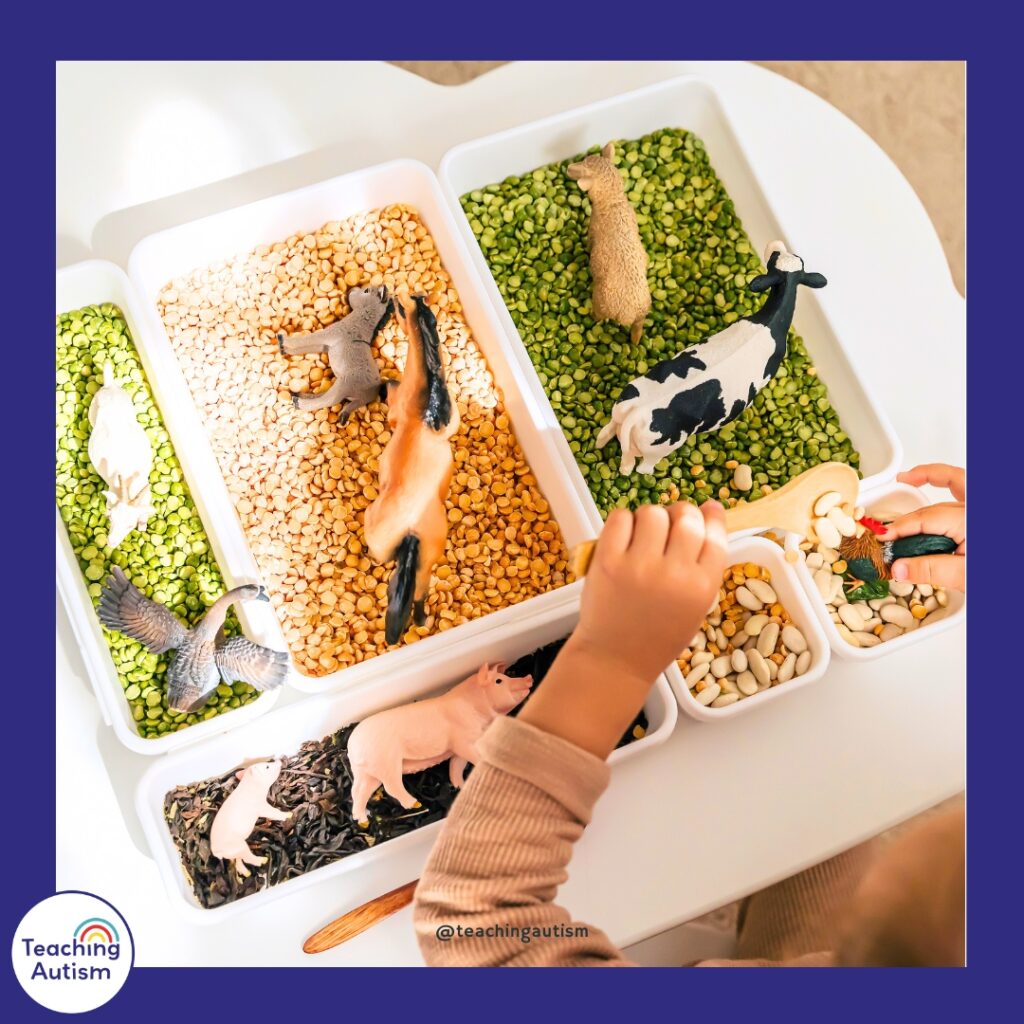
This blog post may contain affiliate links. This means that if you purchase an item through my affiliate link, I may receive a % of commission at no extra cost to you. This helps support me, my family and my blog to bring you great content for free!
Sensory bins are a fantastic and engaging way to help our students explore new concepts, refine their motor skills, and build emotional regulation. Whether you’re teaching animals, nature, or even more abstract concepts, sensory bins provide a versatile and exciting way for children to explore and learn through touch, sight, and sometimes even sound or smell.
Let’s take a closer look at a fun example of a sensory bin that could easily be adapted for different themes and levels: a farm animal sensory bin.
What is a Sensory Bin?
A sensory bin is a container filled with various materials that can be touched, manipulated, and explored. The contents vary depending on the theme or learning objectives of the activity. Typically, sensory bins are filled with tactile materials such as rice, beans, pasta, or pebbles, and they often contain figurines or objects that fit the theme, such as farm animals, transportation vehicles, or ocean creatures.
In the case of this farm animal sensory bin, the bin contains different colored peas, beans, and lentils, each representing a different aspect of farm life. The figurines included — cows, pigs, horses, birds, and sheep — help students connect with farm animals and their environment.
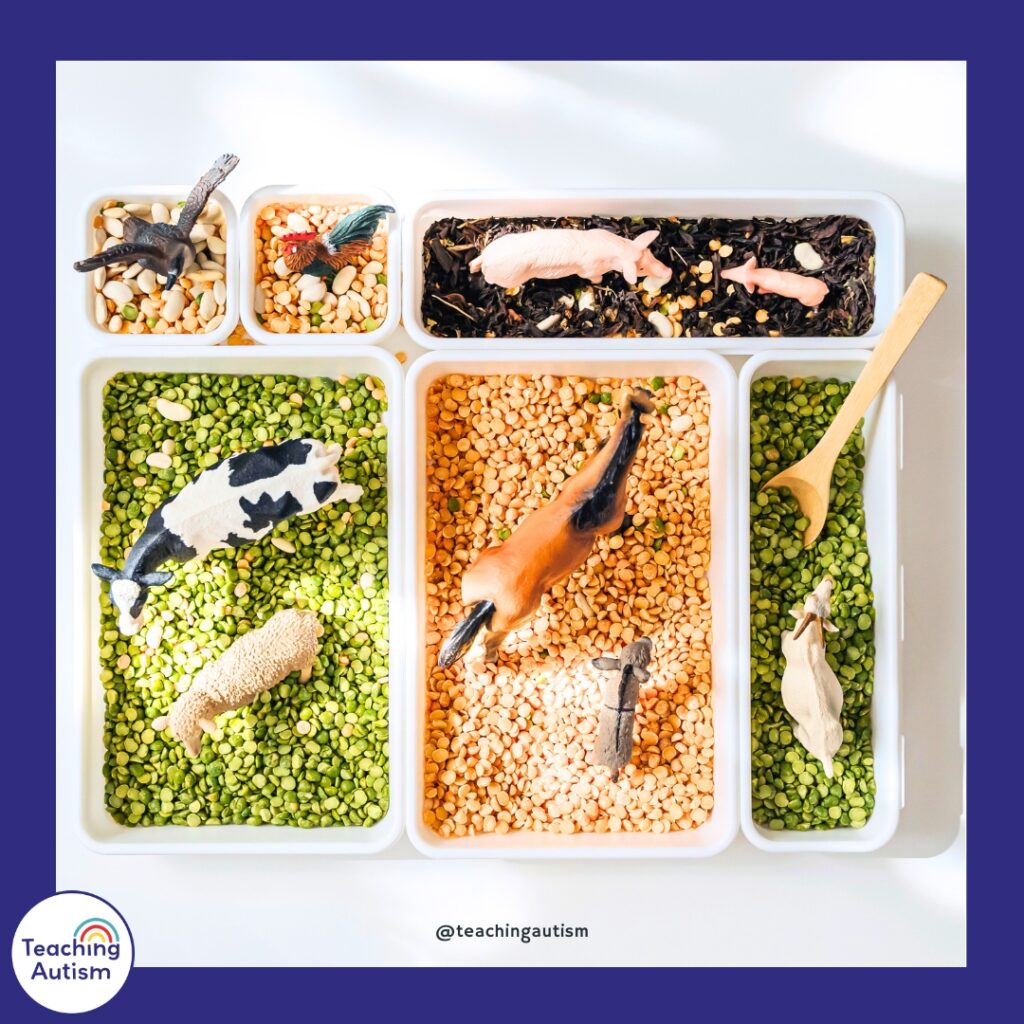
Why Are Sensory Bins Important?
Sensory bins provide unique benefits, especially for our students. Here’s how these bins can support various developmental areas:
- Fine Motor Skills Development: Handling small figurines or manipulating materials in the sensory bin helps our students to develop essential fine motor skills. For example, picking up small animals or sorting through beans encourages hand-eye coordination and finger strength. These skills are important for later tasks like writing, cutting, and buttoning.
- Sensory Exploration: Children engage in tactile learning when they explore different textures such as the smoothness of a plastic animal, the crunch of dry beans, or the soft feel of lentils. For our students sensory bins provide a controlled environment to explore and adapt to different sensory inputs in a safe and comforting way.
- Language and Vocabulary Building: A sensory bin activity can be an excellent way to encourage communication and expand vocabulary. Teachers can prompt students to identify different farm animals and describe what they’re doing in the bin. This can lead to discussions about animal sounds, behaviors, and habitats, which helps students build their language skills in a hands-on way.
- Cognitive Development: Sensory bins encourage exploration and problem-solving. For example, a child might sort the animals by size or color, or they might engage in a pretend play scenario where they “feed” the animals or create a farm. These activities build cognitive skills like categorization, logical thinking, and creativity.
- Social Skills and Cooperative Play: Sensory bins are also great tools for promoting social interaction. By working together to explore the materials or engage in imaginative play, students practice taking turns, sharing, and problem-solving in groups. For students who need support with social interactions, sensory bins offer a less intimidating way to engage in group activities and conversations.
How to Create this Farm Animal Sensory Bin
Now that we’ve covered the benefits of sensory bins, let’s explore how you can set up a simple and engaging farm animal sensory bin for your classroom.
Materials:
- Large container (like a plastic storage bin or tray)
- Dried peas, lentils, beans, or rice (you can separate them by color for added learning opportunities)
- Small farm animal figurines (cow, pig, horse, sheep, rooster, etc.)
- Scoops, spoons, or small shovels (to help with fine motor skills)
- Optional: farm-themed props (such as a small toy tractor or fence)
Sensory Bin Fillers
If you’re looking for ready-to-use sensory bin ideas and materials, I’ve got you covered! You can find all of my sensory bin set-ups, fillers, and must-have tools over on my Amazon USA and UK storefronts. I’ve carefully curated a collection of my favorite sensory bin essentials, including different types of fillers like colored rice, dried beans, kinetic sand, and water beads, along with themed figurines, scoops, tongs, and other accessories that make sensory play even more engaging.
Steps:
- Prepare the Base: Fill the bottom of the container with a mix of peas, lentils, and beans in varying colors and textures. You can use dried rice, oats, or even shredded paper to provide different textures for tactile exploration.
- Add Farm Animals: Place the animal figurines in the sensory bin. Position them in different areas of the bin to create a realistic “farm” setting. You could also use natural elements like small twigs or grass if available.
- Add Tools and Props: Include small shovels, spoons, or scoops for students to use. These tools not only make the activity more engaging but also help develop fine motor skills as students pick up and move materials around.
- Optional: Add Visual Labels or Cards: To increase vocabulary development, include small cards with pictures of the animals and their names. You can encourage students to match the animal figures with the corresponding labels.
- Incorporate Play and Learning: Let students explore the bin on their own or guide them through specific activities. For example, ask them to identify which animal is making a sound or group the animals by size or color.
How to Adapt Sensory Bins for Different Learning Needs
While sensory bins are already a flexible tool, they can be further adapted to meet the needs of different students in your classroom:
- For Students with Sensory Sensitivities: If certain textures or sounds are overwhelming, you can modify the materials. For example, opt for softer items, like cotton balls or felt, instead of hard beans. You can also use noise-canceling headphones for students who are sensitive to sound.
- For Non-Verbal or AAC Users: Encourage communication by allowing students to use their communication devices or assistive technology to label or describe the animals. If the student is non-verbal, providing visual prompts or cards with the names of the animals can encourage communication.
- For Younger or More Tangibly Focused Learners: If students struggle with abstract concepts, focus on making the activity as tactile as possible. Encourage them to hold the animals, press them into the material, and physically manipulate them in creative ways.
- For Students Working on Social Skills: Set up a scenario where students need to work together to organize the animals or “feed” them. Using cooperative tasks can promote turn-taking and joint problem-solving.
Using Sensory Bins Beyond the Classroom
The fun doesn’t have to stay confined to the classroom! Sensory bins can also be great at home or in therapy settings. They provide a wonderful opportunity for children to practice regulation, focus, and independence in a variety of settings.
If you found this blog post helpful please consider sharing it with your friends and colleagues on social media.
Helpful Links
You may also like;
- Sheep Cupcakes
- Sensory Bin Ideas
- Set Up a Sensory Table
- Farm Themed Activities and Printables
- TpT – Farm Themed Activities and Printables
P.S. Have you signed up for my VIP membership yet? If not, head on over and sign up now. You’ll get access to hundreds and hundreds of resources, templates, crafts and more being uploaded every month!
Nikki
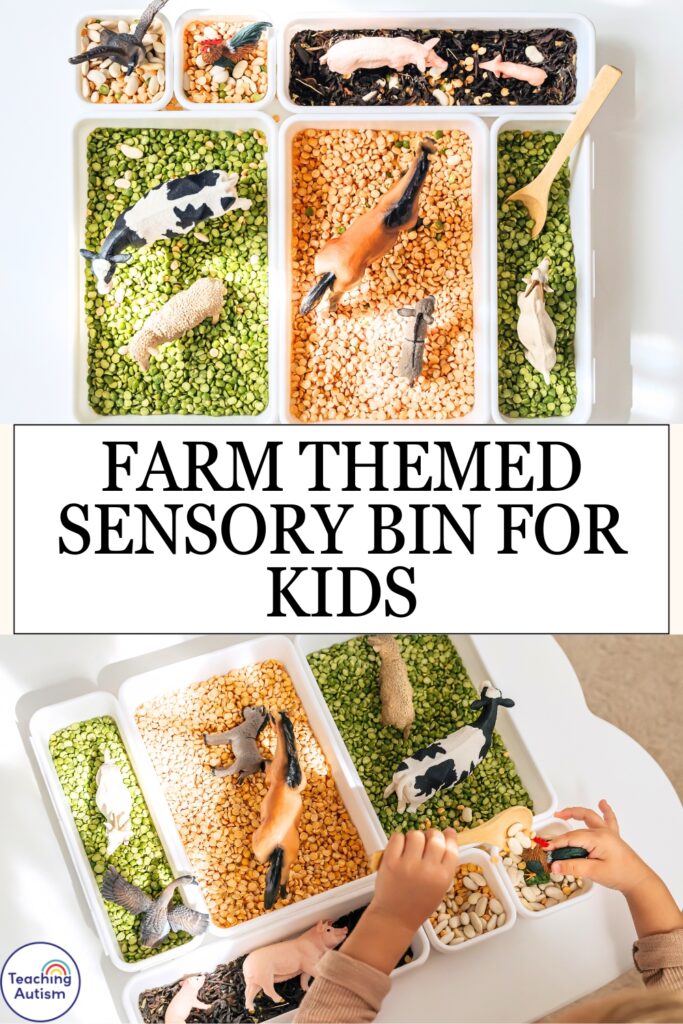
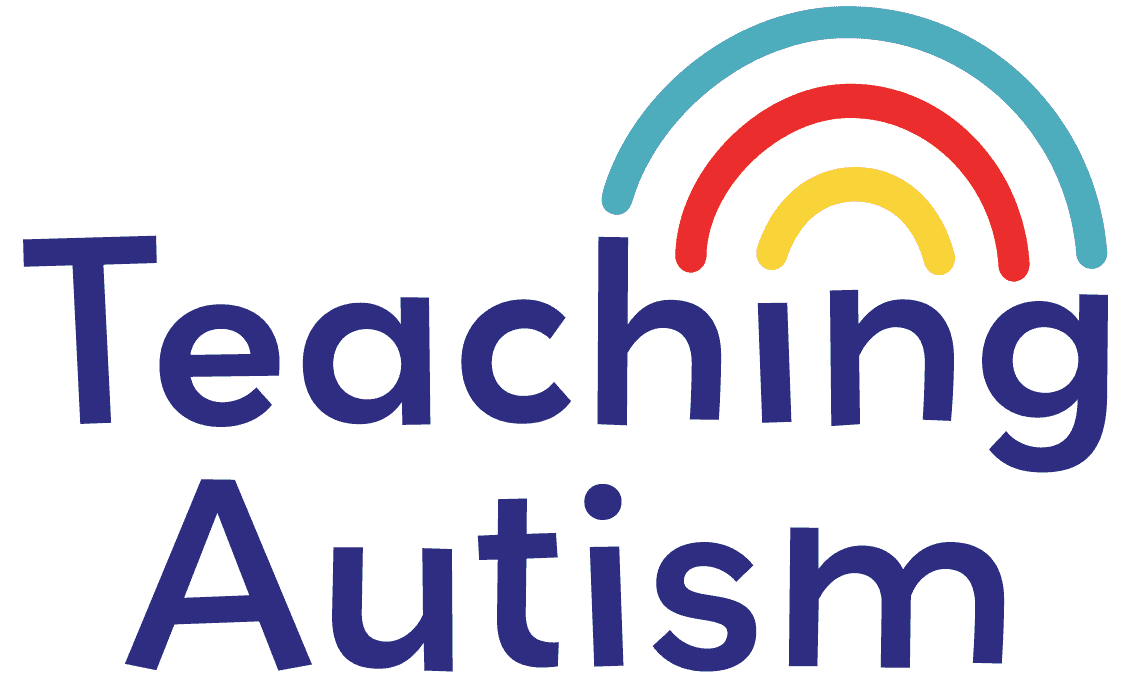

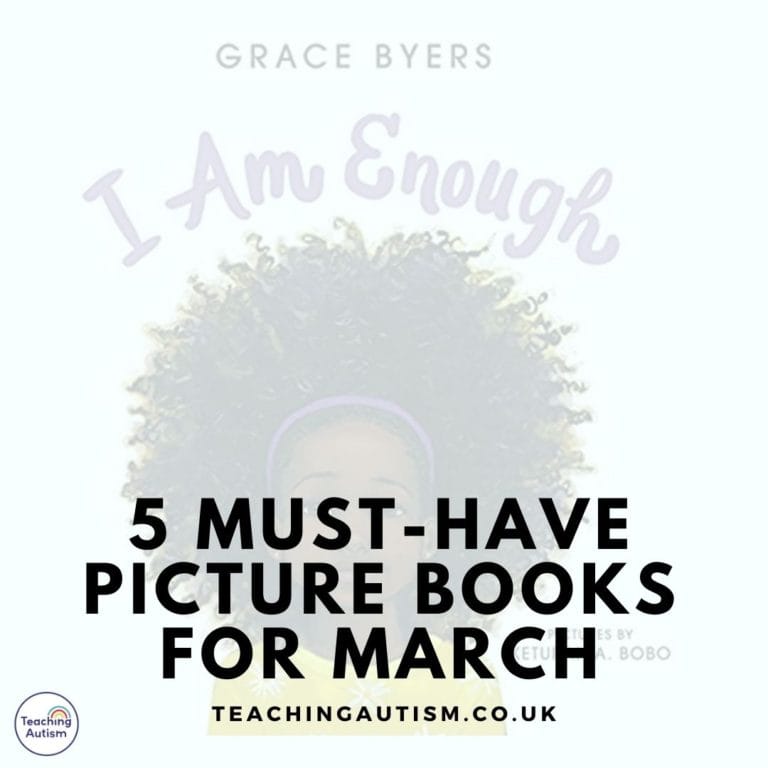
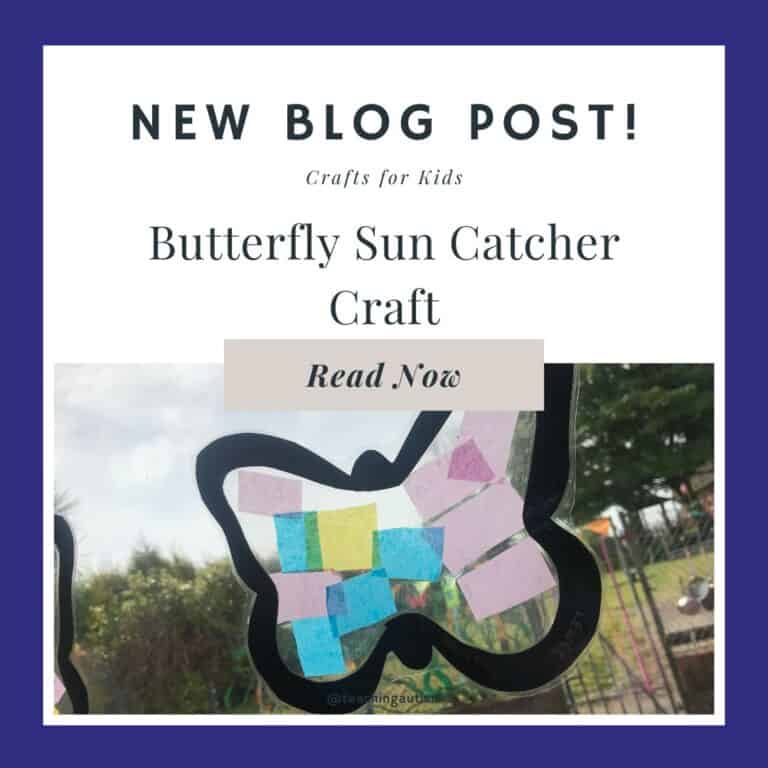
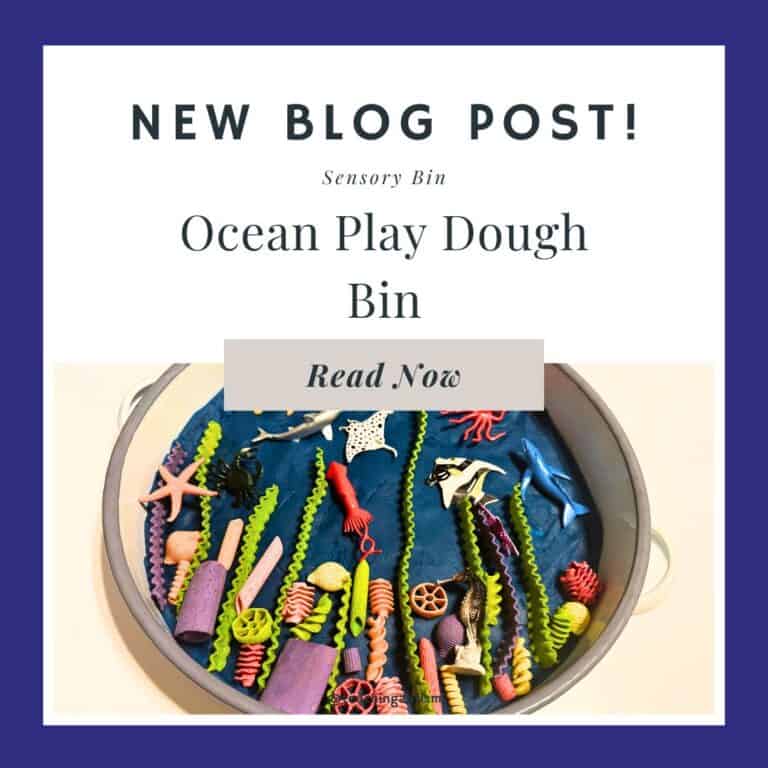



One Comment